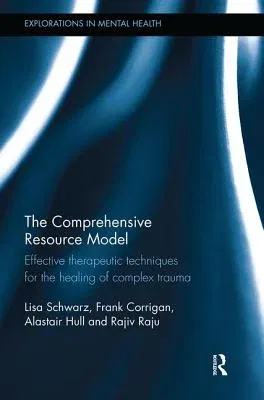Traditional methods employed in psychotherapy have limited effectiveness
when it comes to healing the psychological effects of trauma, in
particular, complex trauma. While a client may seem to make significant
breakthroughs in understanding their feelings and experiences on a
rational level by talking with a therapist, this will make no difference
to their post-traumatic symptoms if the midbrain is unable to modulate
its activity in response. The Comprehensive Resource Model argues for
a novel therapeutic approach, which uniquely bridges neuroscience and
spirituality through a combination of somatic therapy, traditional
psychotherapy, and indigenous healing concepts to provide effective
relief to survivors of trauma.
The Comprehensive Resource Model was developed in response to the need
for a streamlined, integrative therapeutic model; one which engages a
scaffolding of neurobiological resources in many brain structures
simultaneously in order for clients to be fully embodied and conscious
in the present moment while processing their traumatic material. All
three phases of trauma therapy: resourcing, processing, and integration
are done simultaneously. Demonstrating a nested model and employing
brain and body-based physiological safety as the foundation of healing,
chapters describe three primary categories of targeted processing:
implicit and explicit survival terror, 'Little T Truths', and 'Big T
Truths', all of which contribute to thorough healing of complex trauma
and an expansion into higher states of consciousness and embodiment of
the essential core self.
This book describes the development and benefits of this pioneering new
approach to trauma therapy. As such, it will be of key interest to
academics, researchers and postgraduate students in the fields of
psychiatry, psychotherapy, psychology and trauma studies. It will also
appeal to practising therapists, psychiatrists, psychologists,
psychiatric nurses, and to others involved in the treatment or
management of patients with complex trauma disorders.

